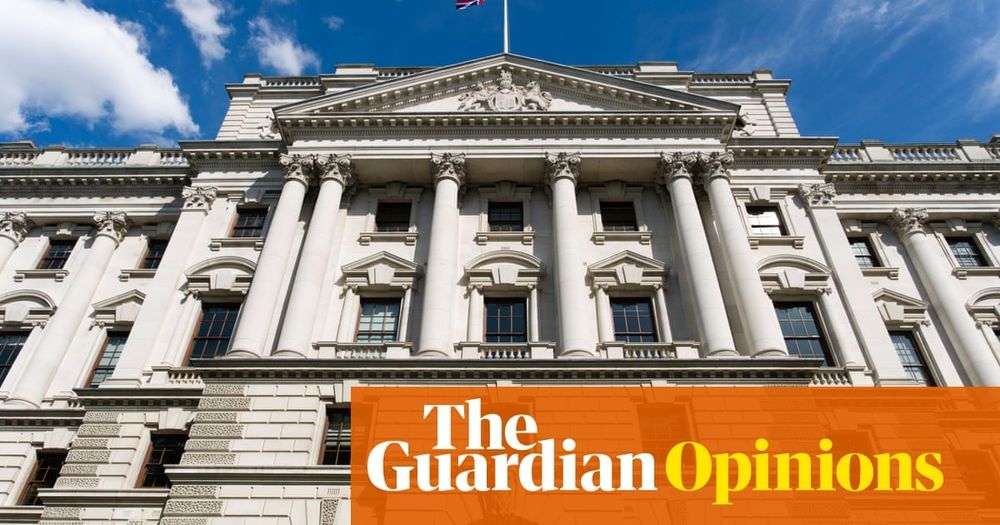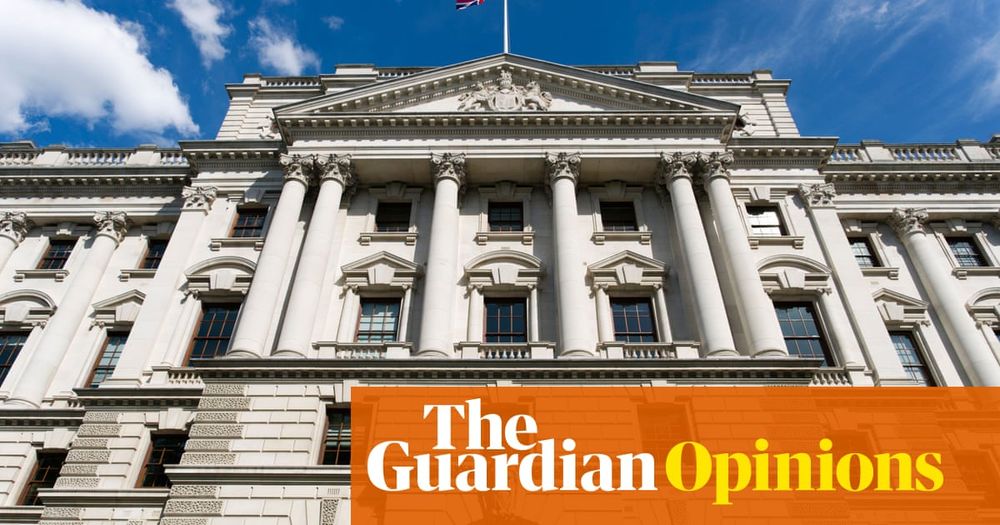Professor of Economics, University of Cambridge
Op-Ed writer
Part-time DJ at JFSR.co.uk
Semi-professional photographer
https://sites.google.com/view/matters-macro/home

Reposted by Jagjit S. Chadha

"Our #FiscalRules have acted to hold back our economic progress, and have led to a trivialisation of fiscal policy making"
Former Director @jagjitchadha.bsky.social #blog on British fiscal framework
Reposted by Jagjit S. Chadha

Read the paper and find out more: www.janeway.econ.cam.ac.uk/publication/...
n/n
foreign official sector superfluous in explaining long-term rates. Inflows have no statistically significant impact on premia. 4/n
rise in the face of a tightening at the Fed. 3/n
maturity of debt outstanding held outside the Fed Reserve is associated with a rise of 10-13 basis points in the 10-year
term premium. Our estimates are consistent with significant portfolio balance
effects. 2/n

www.econ.cam.ac.uk/publications...


Reposted by Jagjit S. Chadha
Reposted by Jagjit S. Chadha


🎦 Webinar #event
⏰ April 4, 11:00
We'll hear from IFG's @gemmatetlow.bsky.social, Blonde Money's Helen Thomas, and our @econstevem.bsky.social & @adrianpabst.bsky.social 💬
Sign up to join ⬇
niesr.ac.uk/event/fixing...

Reposted by Jagjit S. Chadha

🎦 Webinar #event
⏰ April 4, 11:00
We'll hear from IFG's @gemmatetlow.bsky.social, Blonde Money's Helen Thomas, and our @econstevem.bsky.social & @adrianpabst.bsky.social 💬
Sign up to join ⬇
niesr.ac.uk/event/fixing...
Reposted by Jagjit S. Chadha

In this NIER article, our @econstevem.bsky.social & @durhameconomics.bsky.social's Anamaria Nicolae & Michael Nower analyse the impact of Brexit on trade & #productivity 📊⬇ @durham-university.bsky.social
www.cambridge.org/core/journal...

Are we now re-entering the realms of #finetuning in order to meet a variable target 4-5 years hence? This is a worry.
niesr.ac.uk/publications...
Reposted by Jagjit S. Chadha
Reposted by Jagjit S. Chadha

@jagjitchadha.bsky.social in @theguardian.com
www.theguardian.com/commentisfre...
Reposted by Jagjit S. Chadha

www.theguardian.com/commentisfre...

www.theguardian.com/commentisfre...
Reposted by Jagjit S. Chadha


@rjpartington.bsky.social
www.theguardian.com/uk-news/2025...
Reposted by Jagjit S. Chadha

At NIESR, we have long advocated the need to introduce more accountability and transparency into fiscal policy 💬👇 @jagjitchadha.bsky.social @econstevem.bsky.social @adrianpabst.bsky.social
niesr.ac.uk/publications...
This new report by our @maxmosley.bsky.social reveals the true cost of PFI 📈🚨
It finds that PFI repayments are on average 3.3 times larger than the value of the asset they built 🏗🏥 and that PFI #schools are more likely to be in #debt ⬇🔓
niesr.ac.uk/publications...


